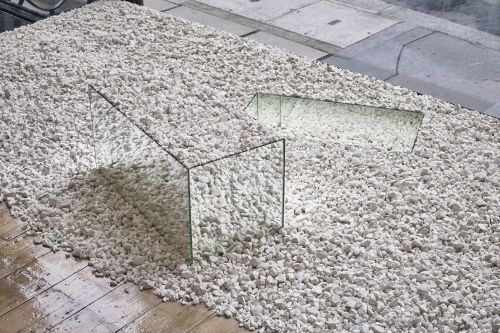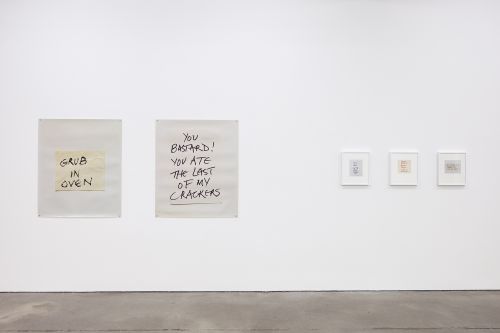Keith Arnatt (1930–2008) emerged in the 1960s into the tumult of the London art scene to become a key figure in the history of British conceptual art and photography. In a self-reflexive practice that questions with a deadpan wit the status of both the art object and the role of the artist, Arnatt carefully examined and critiqued an increasing reliance of product over process and object over idea. Visually, his work embraced many of the tropes of international conceptualism and minimalism, yet by imbuing his work with an absurdist humor, Arnatt was able to develop a unique artistic language.

Seriously.
Curated by Nana Bahlmann
November 21, 2025–January 31, 2026
London
Monika Sprüth and Philomene Magers are pleased to present Seriously., a group exhibition curated by Nana Bahlmann, featuring over a hundred conceptual photographs, print media, and select films ranging from the 1960s to the present, which expose the absurdities of our world and its representations…






































































